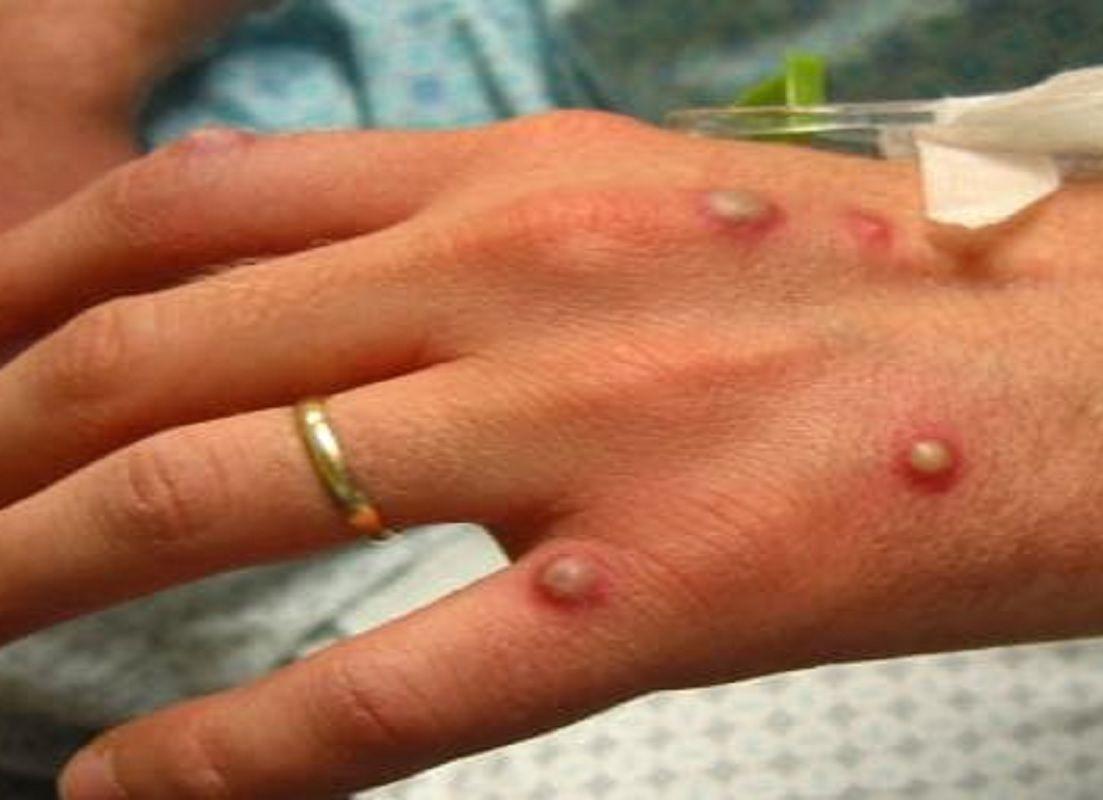Dr. Poonam Khetrapal Singh, regional director for WHO in South-East Asia, stated that countries have been implementing measures to swiftly identify and stop the spread of monkeypox in the area.
“The region has been on alert for monkeypox. Countries have been taking measures to rapidly detect and take appropriate measures to prevent the spread of monkeypox,” she said. “Monkeypox requires collective attention and coordinated action to stop its further spread. In addition to using public health measures and ensuring health tools are available to at-risk populations and shared fairly, it is important to work with communities to ensure that people who are most at risk, have the information and support they need to protect themselves and others,” the Regional Director added.
Notably, a 35-year-old male who recently travelled from the Middle East has been confirmed as the first case of monkeypox in the WHO South-East Asia Region.
According to her, WHO has been assisting member nations in the region to assess the risk for monkeypox and improve their capabilities to get ready for and handle the developing multi-country epidemic.
Since the start of the year, 60 different nations have recorded almost 6,000 cases of monkeypox, along with three fatalities. According to a WHO press release, more instances should be anticipated as surveillance is increased.
Globally, and in the Region, the risk is assessed as moderate. WHO convened a meeting of the Emergency Committee on June 23, 2022 to seek expert advice if the ongoing outbreak was a Public Health Emergency of International Concern.
The committee recommended intense response to curtail the spread of the ongoing outbreak, in view of low population immunity against pox virus infection and risk of further sustained transmission into the wider population. The next meeting of the Emergency Committee has been convened on 21 July.
WHO has been sharing guidance for raising awareness; surveillance, case investigation and contact tracing; laboratory diagnostics and testing; clinical management and infection prevention and control; and community engagement, the Regional Director said.
The National Institute of Virology, India; the Victorian Infectious Diseases Reference Laboratory, Australia; the National Institute of Health, Department of Medical Sciences, Thailand; and the Faculty of Medicine, Chulalongkorn University, Thailand; have been coordinated with by WHO in light of the region’s limited capacity for monkeypox testing.
With technical help and the purchase of essential materials that are in high demand and short supply internationally, WHO is assisting countries in the Region in developing their testing capacity.
According to the press release, one of the top tasks is to educate doctors in the public and private sectors on how to recognise, report, and treat cases of monkeypox.
Direct or indirect contact between infected animals and people can spread the monkeypox virus.
Human-to-human transmission can occur through direct contact with infectious skin or lesions, including face-to-face, skin-to-skin, and respiratory droplets.
In the current outbreak countries and amongst the reported monkeypox cases, transmission appears to be occurring primarily through close physical contact, including sexual contact. Transmission can also occur from contaminated materials such as linens, bedding, electronics, clothing, that have infectious skin particles.





